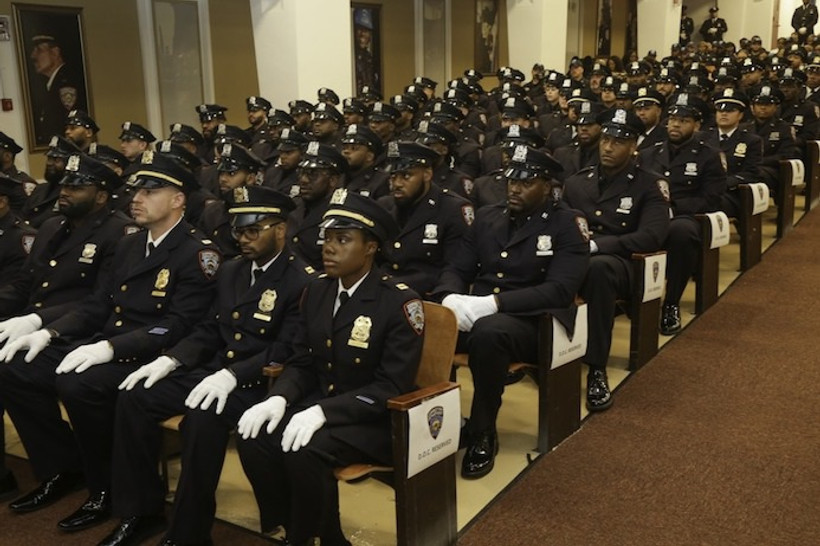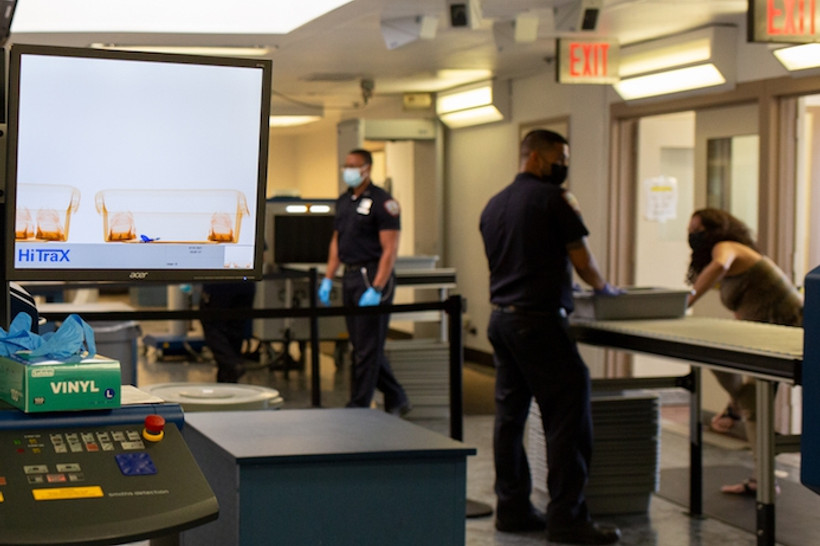NYC Jails Have Far More Correction Officers Than Any Other City. Why Are They Hiring 400 More?
Rikers Island and other city lockups employ five officers for every three incarcerated people. As some call for a reduction in officers, the City Council okays a budget plan that boosts the ranks by 400.

This story is the product of a collaboration between New York Focus and THE CITY.
This story is the product of a collaboration between New York Focus and THE CITY.



This story has been updated to reflect the current number detainees held in city jails.


